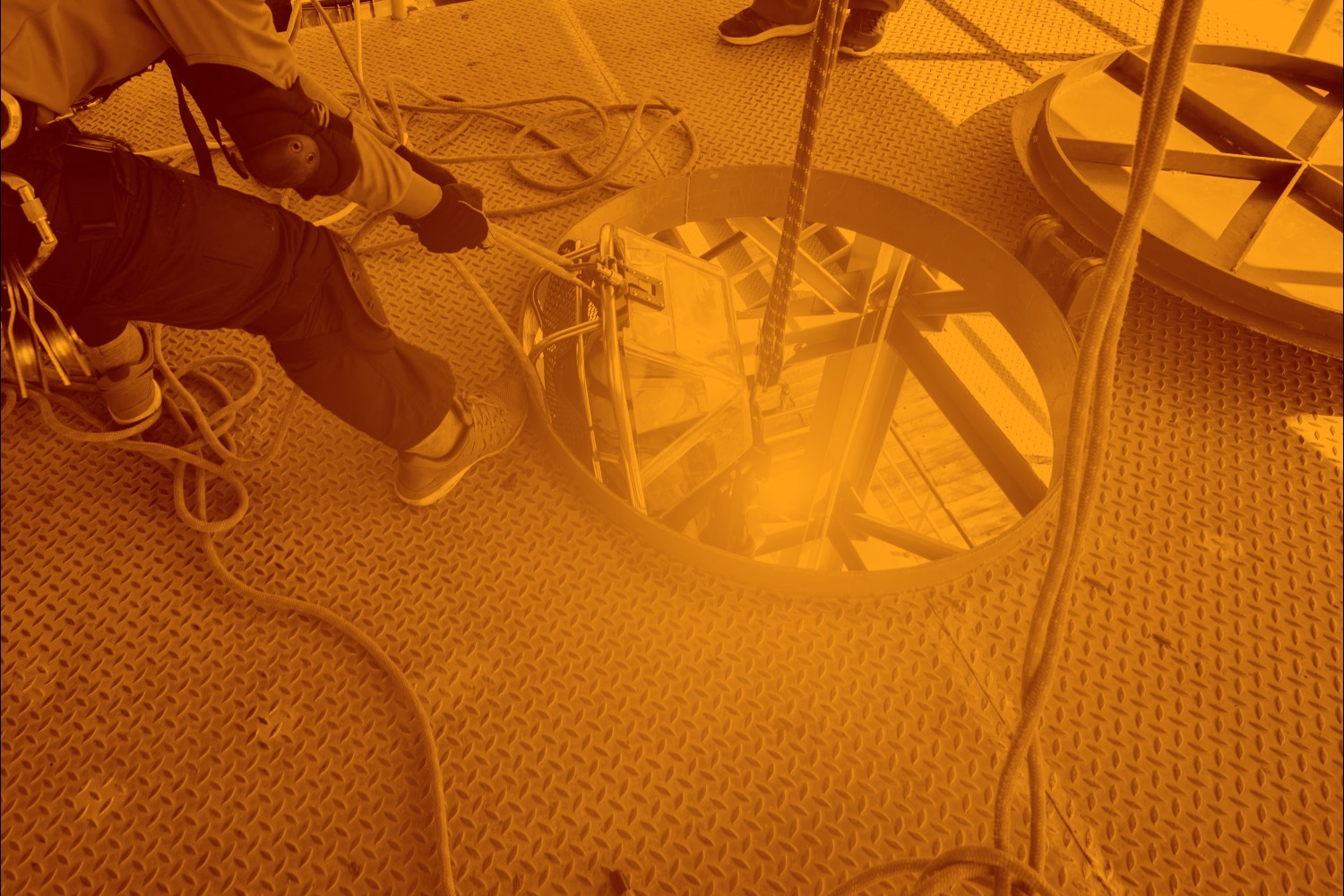
Anyone who works within a confined space in Toronto and beyond needs to have a rescue plan in place. It is an integral and essential part of managing work within a confined space- small spaces with limited ingress and egress and not designed for human occupation. Before entering a confined space, employers must carry out a wide range of pre-entrance checks, put the right staff training in place and have a comprehensive rescue plan ready. Every rescue plan needs to be specific to the confined space within which workers are operating. Here are some things to do when drawing up a rescue plan.
Know the risks of your confined space in Toronto
Each new confined space needs to be assessed for potential risks before drawing up a rescue plan. It is impossible to predict all emergencies, but it is possible to assess what common problems could arise in each small space. Analyzing the potential risks beforehand will help you to make a comprehensive rescue plan and be more prepared in the face of an emergency.
Assess your equipment
Exploring the possible risks associated with entering a confined space in Toronto will also help you to take stock of the resources at your disposal. While drawing up a rescue plan, you need to ensure all the necessary equipment is available and in good working order. New machinery and equipment may be needed depending on the rescue plan. Also, take this opportunity to assess the condition of existing equipment too.
Evaluate your timelines
When carrying out a real-life confined space rescue, you need to understand how urgent a rescue is and mobilize teams accordingly. When assessing the risk of the confined space you will be working in, try to group them based upon urgency. For example, a worker trapped alongside toxic fumes will require quick action and mobilization, while a worker who suffers a broken leg due to a fall may be at a more medium-level risk. During a rescue, every moment can be crucial and knowing how much time you have can hugely affect the outcome.
Know that practice makes perfect
A perfect rescue plan on paper will be of little use if staff do not know how to execute it in real life. As you are drawing up your rescue plan, carry out regular drills to establish what works well and to ensure that the staffs learn what to do ahead of a potential emergency. Drills should be carried out regularly and for a number of different scenarios, so workers and rescue teams are not caught unawares or frozen by shock should a real rescue be needed.
Ensure staff know the rescue plan
It is important that staff involved in confined space working all know what they have to do in the case of an emergency, including how communications will take place and how alarms will be raised. Full training needs to be given once the rescue plan is drawn up. You may wish to get help from experts such as Frontier Rescue, who can offer customized confined space entry training and testing sessions for staff.